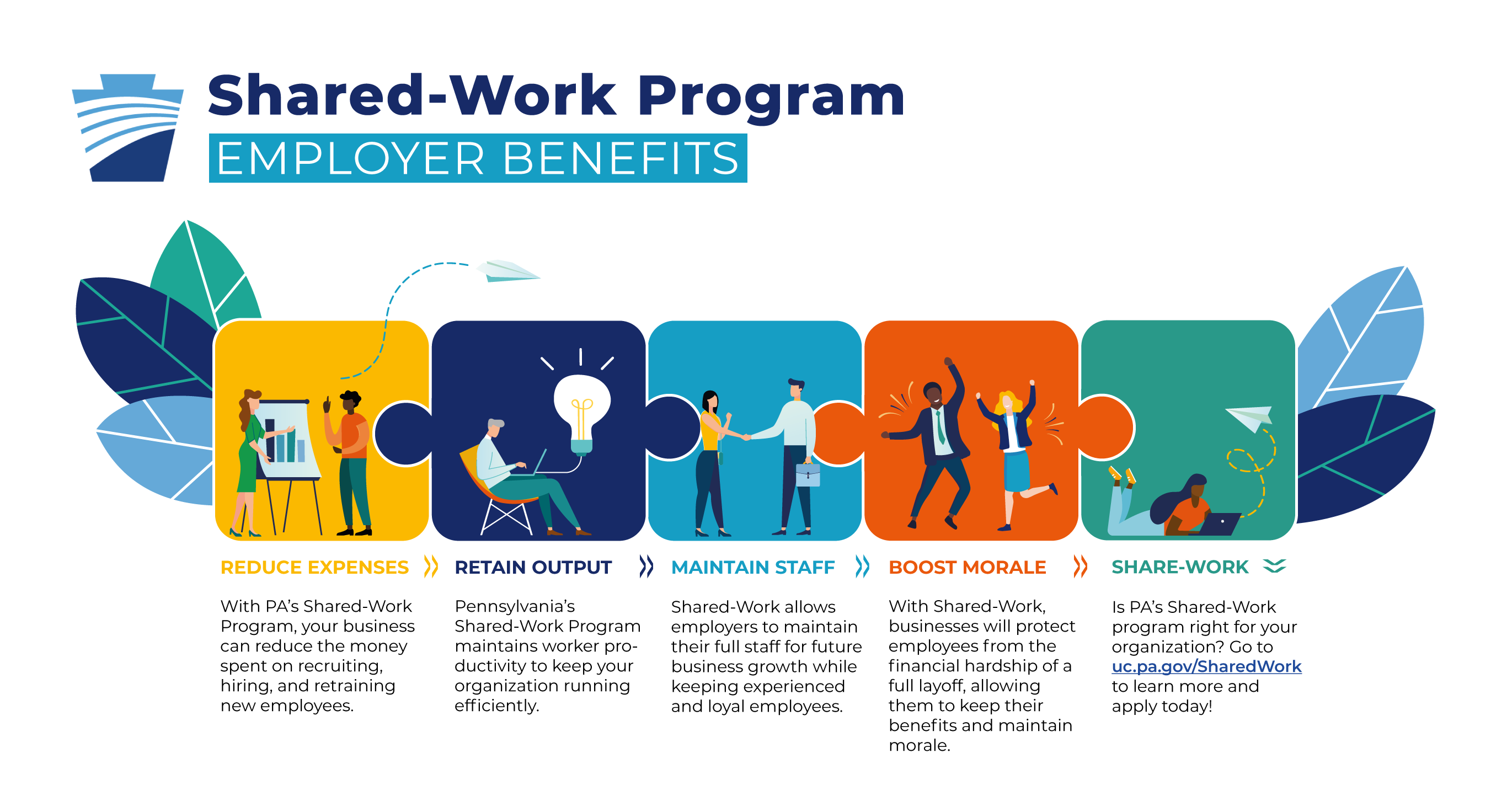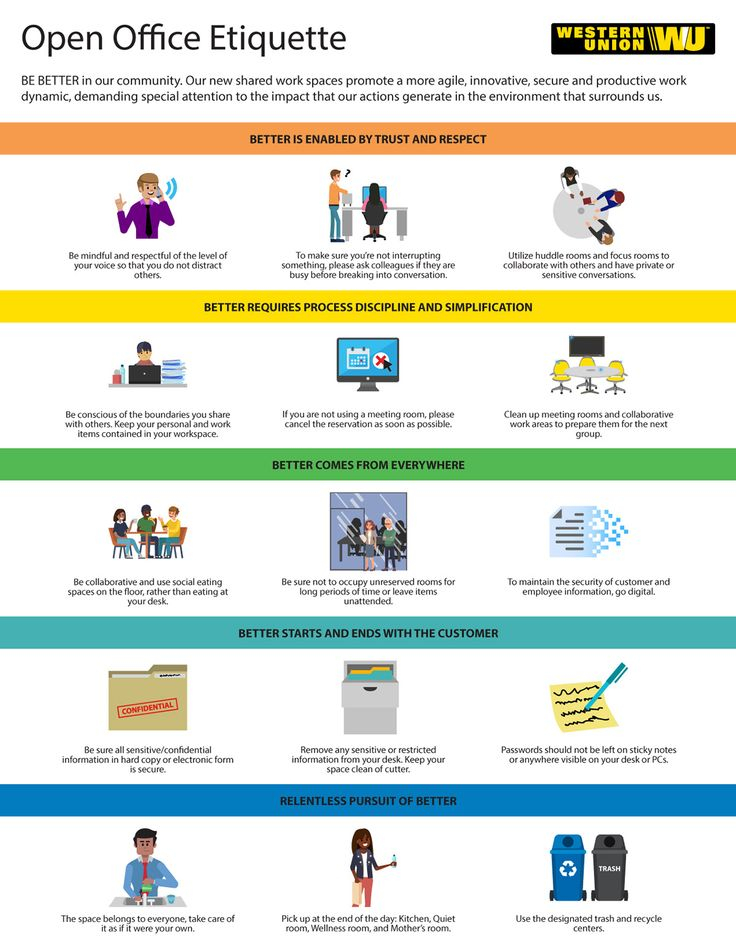Shared Work Employee Application – By creating an effective application for your employees, you’ll be sure that you have all the data needed to make educated hiring decisions. It also saves your staff time.
On employment applications, questions about a applicant’s educational background and work experiences are usually asked. This will help to determine if the candidate has the necessary qualifications and skills for the position.
Description of the Position
The role of an employee application specialist involves both managerial and practical tasks. The description of the job includes supporting IT employees and business users with tasks that range from system configurationto maintenance, and upgrading software and hardware. The most skilled application specialist won’t mind getting dirty. These IT professionals would require a variety of skills including networking, database design and application administration. Top application professionals can communicate well with customers and comprehend their requirements. Even when under severe pressure, the most efficient workers can maintain an environment that is positive. A desire to have fun and acquire new knowledge are one of the traits that are sought-after by employers. An extensive list of prerequisites is also present that include a solid education in information technology or computer science and a practical understanding of management skills using networks of IT systems.
Responsibilities
A specialist in employee applications is responsible for assisting users with software and technology. They also are responsible for IT security and technical assistance.
Additionally, you must hold a bachelor’s degree and basic computer knowledge. Other requirements include the capacity for collaboration and adaptability in responding to IT support requests.
The template for roles and responsibilities can be a fantastic way to ensure that everyone in your team is aware of the roles and responsibilities of each member. A well-written document can help teams work better together and lessen disagreements about duties.
Qualifications
Most hiring managers begin by reading your job application and resume’s credentials section to determine if they’ll hire you. Include your education and experiences in your job.
The interviewer will be able to quickly assess your qualifications and see why you’re the best candidate by identifying all of the relevant areas in your past.
Your reference list should contain professional references. False or omitted facts in your application can result in it being rejected. If you’re employed, this could lead to penalties that could lead to your termination.
Past History Checks
Background checks are essential to make sure that employees and volunteers employees are in line with the needs of your company. They can help in reducing the danger of theft, abuse and violence.
Criminal background checks are the most popular type of screening for job applicants. The investigations look for criminal records, as well as any convictions of felonies or misdemeanors.
Professional license verifications confirm that a candidate has the necessary licenses for the job in a particular sector for example, law or teaching, by checking their credentials.
The verification of educational documents proves that the applicant has the appropriate college degree. However, employers cannot view a candidate’s entire academic history with these tests.
HR personnel, recruiters field service personnel, and field staff members must be fully aware of their duties regarding background checks used to recruit. This includes granting consent to candidates and making public disclosures regarding background checks.
Refer to
Referees are individuals who can attest and confirm your statements regarding your education, work experience and your personal characteristics. They could aid a hiring manager in determining whether the candidate is a good fit for their company.
It is important to create your professional reference list. Strong references can make or break a job application. Claudia Johnson (Vice President of Internal Recruitment at Addison Group), says “The list should contain a mix, including people who have worked with you in the past, as well as those who are familiar with you.”
Former colleagues, supervisors, and former employees are the best sources of advice. They have good memories of you, and can refer you to others based on their abilities and work. Don’t use your former boss as an example if they haven’t had contact with you for a while.


